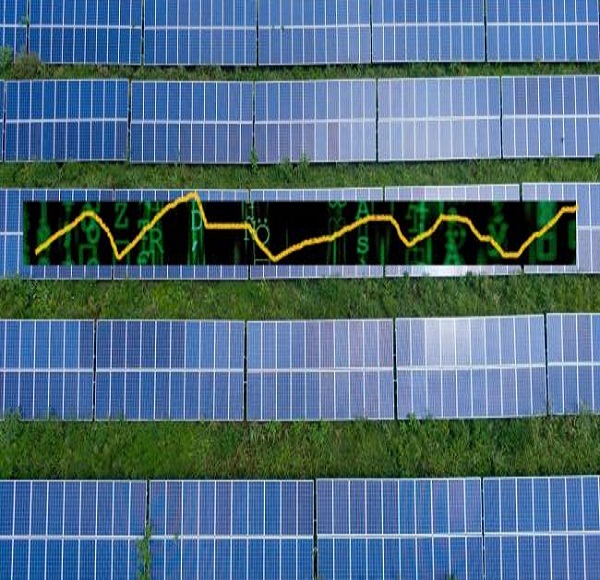A progressive strategy to switch from fossil fuels to solar energy is taking hold around the world. It’s even framed as Goal seven – access to affordable, reliable, sustainable and modern energy for all is a fundamental right – of the United Nations’ Sustainable Development Goals. Countries have charged ahead to meet these goals head on, with India leading from the front.
Initially, India’s commitment was to target 175 gigawatt of green energy by 2022. However, Prime Minister Narendra Modi increased this initial target to 450 gigawatt of non-fossil fuel energy by 2022 while addressing the United Nations Climate Action Summit in Sept 2019.
When it comes down to it, India’s green energy capacity is currently a mere 65 gigawatt. With the reality of an economic slowdown in India, the initial surge of investment in Indian green energy, is making way for a more cautious viewpoint. The cautious view is the correct one based on circumstances, as margins on solar energy generation are decreasing. This is compounded by increased competition, making the initial promising-looking market look much tougher.
This is where Data Assets can be harnessed to help reach these ambitious targets by improving margins for investors and asset owners using AI insights for more effective and better performing Returns on Assets.
The need of the hour is for Solar IPPs and O&M companies to seek out and implement scientific and innovative ways to maximise yield. We at Quadrical AI work with IPPs to help them increase the yield of their Solar plant assets using their own data. The Energy Data platform not only unifies data in near Real-Time on a cloud-based system, it can centralize different plants on one unified schema. This very quickly allows extensible out-of-the-box reports.
The Energy Data Platform provides centralised monitoring for all Solar plants. The typical onsite SCADA system, IOT data is vendor specific and is corrupted due to Data capture device and network issues.
Quadrical has a uniform, industry accepted schema for all parameters enabling comparison of best devices across plants, going down to the string level in a plant. The platform provides actionable insights, resulting in maximizing plant uptime and significantly reducing maintenance costs.
The data from the Smart devices in a plant (block, MFM, inverter etc.) is cleansed to enable intelligent filling of missing values, de-duplication and configurable time-synchronization for all data, which enables consistency and AI based pattern detection for future downtime signals.
I’m sure you’re wondering how this benefits IPP and O&M Providers.
IPPs have a need to improve the Return of Assets invested in the Solar plant. This implies, maximizing the plant yield, right to the Solar panel level and plan maintenance to minimize downtime and costs.
O&M providers give a yield performance guarantee to the IPP and in some cases also get into a revenue sharing agreement for the power generated beyond the performance benchmark.
To fulfill the need to manage multiple Solar plants efficiently – maximize yield and reduce maintenance cost, it is essential to do a centralized monitoring of the Plant components and generation. This means that when Solar IPPs work with the Solar Data Platform, solutions are customized to suit their business outcomes; enabling them to scale operations efficiently.
With the cleansed, real-time data available via the Data monitoring Platform, Quadrical AI’s advanced AI based predictive solution for – Day-ahead and week-ahead, Generation Forecasting enables the Providers to avoid any penalties from the state Governments and ensure Grid stability.
Our anomaly detection-based solution for Predictive maintenance enables the stakeholders to identify devices and panels before they show physical signs of degradation to maximize uptime and cost reduction by moving unplanned maintenance and diagnosis costs to scientific planned maintenance.
Source: energycentral










